
Maia Cruz Palileo
David Kordansky Gallery | 5130 Edgewood Pl., Los Angeles
On view through April 26
Peer into the electric landscapes of Maia Cruz Palileo and you will start seeing things. Perhaps the ghostly outline of a human body dissolving into the brush. Or, perhaps, the contours of a dog, or a woman’s body sailing through the air. In other paintings, you’ll find scenes that mirror themselves—such as in Revir, 2024, which shows a pair of figures in a small boat navigating across a body of water that catches their reflection below. But is that a reflection? Or an alternate world?
Palileo is based in Brooklyn, but was born in Chicago to immigrants from the Philippines—the work in “SATOR ROTAS,” the artist’s first solo show at David Kordansky Gallery, is broadly inspired by the landscapes of their family’s native land. On view are small gouache-and-collage compositions that serve as studies for larger paintings, and charming stoneware sculptures of dogs—an animal Palileo associates with their forays around the Philippines—but the main attractions here are the large-scale canvases, bursting with lush forests rendered in vivid colors that feel uncannily alive.
Palileo isn’t simply rendering landscapes; they are also engaging the more complicated concept of homeland. As a second-generation immigrant, the artist’s view of the Philippines is shaped by the narratives of their parents, along with their own visits to the country. Also playing a role are “official” accounts produced by historians and anthropologists who invariably exoticized the country: The spectral human silhouettes that appear in the paintings are drawn from the artist’s extensive historical research in photographic archives. Palileo splices together these competing visions of the Philippines to generate surreal reflections on landscape, striking images that fuse the homeland of the imagination with that of this world.—Carolina A. Miranda

Charlotte Posenenske and Alice Channer
Okey Dokey Konrad Fischer | 560 N Western Avenue, Los Angeles
On view through May 10, 2025
The newest exhibition project of the German stalwart, Konrad Fischer Galerie, has taken up its post on a side street off Western Avenue in Los Angeles, just across from its blue-chip foil David Zwirner. The inaugural show of Okey Dokey Konrad Fischer, as the new space is called, pairs a historic sculpture by Charlotte Posenenske with new works by the British artist Alice Channer.
Posenenske, who is rather unknown in the U.S., had a brief career in the 1960s in Europe, making Minimalist sculptures and installations to far less fanfare than that of her male contemporaries. (She quit making art in 1968 to become a social worker until the end of her life in 1985.) Vierkantrohre Serie DW, 1967-68, installed here, is one of her signature sculptures—an HVAC structure rendered in cardboard. The work, in a way, turns the walls inside out. The kind of ducts in the ceiling that affect a room’s literal atmospheric environment and air quality are plopped in the center of the gallery, on the floor, determining the viewer’s movement through the space. It does that thing good art does: It pulls something ubiquitous and banal from its concealed place and presents it as something arresting.
Channer responds elegantly, with corrugated paper works adorned with natural motifs, rose thorns, and twigs made from metal, which she has added to the paper folds. The framed, wall-based pieces seem to offer themselves as filters for the cardboard units, their pleated pattern and shape matching that of an AC filter—like one that might cover the openings on either end of Posenenske’s ductwork-like sculpture. Channer’s pleating also echoes the corrugated core of cardboard itself. Thus, just as Posenenske can be seen to turn the gallery inside out to reveal its hidden guts, Channer offers an interior view of Posenenske’s sculpture by pulling out the inner layers of its material, and moving it to the wall.
Though you might not think of Los Angeles as the place for German Minimalism, these two artists have seduced their Californian audience with something we know a lot about: air conditioning units and the glamorization of industrial objects.—Gracie Hadland

Su Yu-Xin
Orange County Museum of Art | 3333 Avenue of the Arts, Costa Mesa
On view through May 25
Su Yu-Xin’s solo exhibition at the Orange County Museum of Art, “Searching the Sky for Gold,” is a tour de atmospheric force of the Pacific Rim. A large canvas captures the towering column of smoke sent into the atmosphere by Mount St. Helens during its eruption. Another reveals the dynamic geology around the hot springs of Mount Kuju in Japan. And yet another shows the active Mount Merapi volcano in Indonesia, a delicate plume of smoke escaping from its crater.
The Taiwan-born, Los Angeles-based artist is interested in capturing nature’s dynamic states—dynamism she deftly channels by drawing from a range of artistic styles. In some of her canvases, which usually take rounded, organic forms, you’ll find hints of the stylized landscapes of Qing Dynasty painters; in others, the machine-like forms of the Italian Futurists. But it all feels very contemporary; Su makes these idioms her own.
Ultimately, these works are so eye-catching for their colors, which the artist formulates herself, collecting pigments from the places featured in her paintings. The canvas of Mount Saint Helens was created, in part, with Helenite, an obsidian produced with ash from the infamous Washington volcano; the sparkling marine greens used to depict the ocean in The Birth of an Island (Niijima, South of Iwo Jima), 2024, come from her use of malachite. Other materials include soil, sulfur, fool’s gold, seashells, and Chinese fir charcoal. The exhibition forms a remarkable tribute to her chosen subject: earth is used to show Earth in its fiery moments of destruction and rebirth.—Carolina A. Miranda

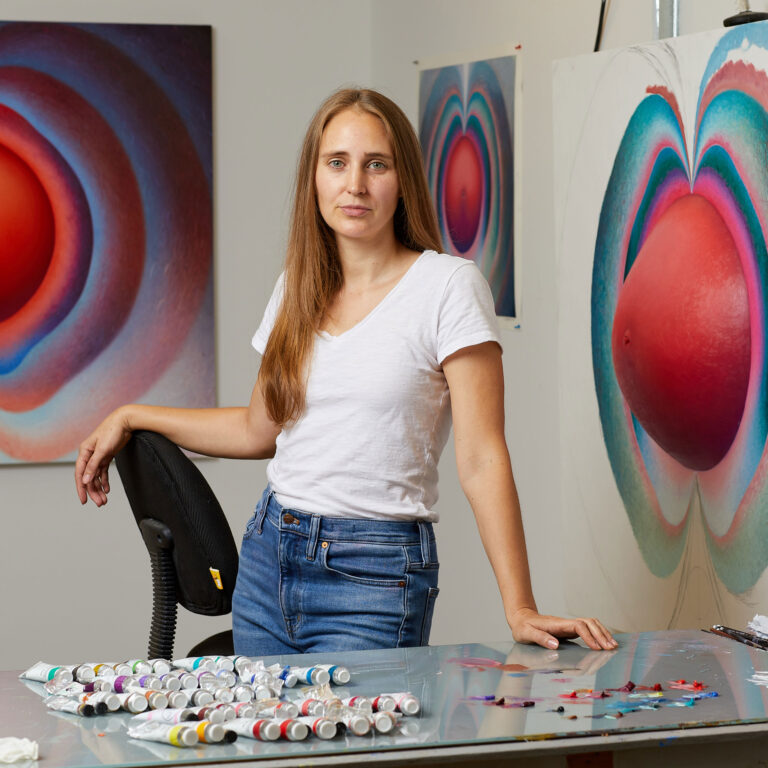
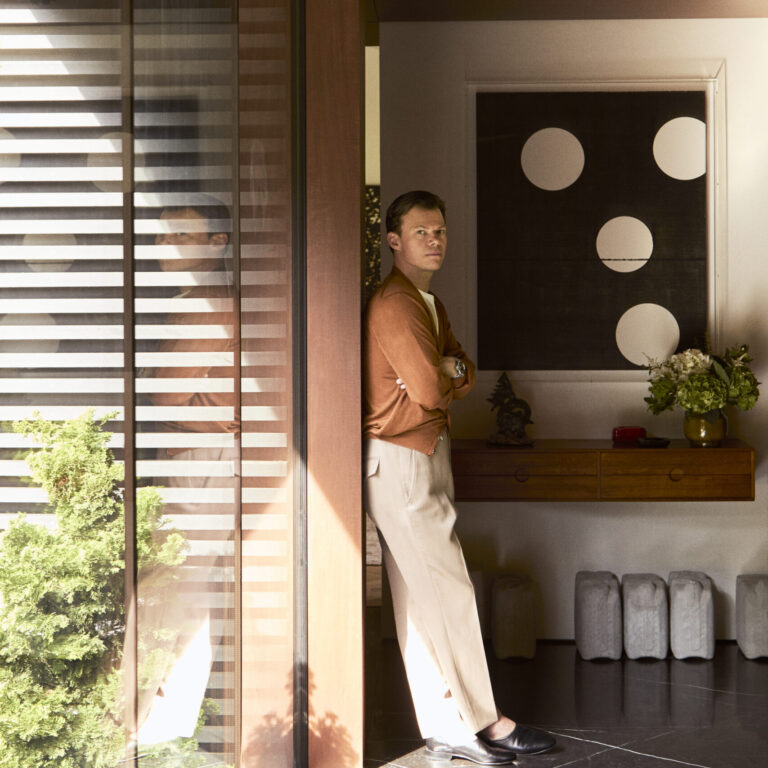

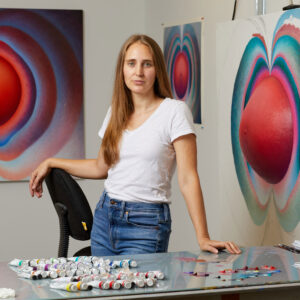
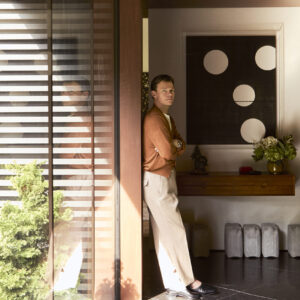
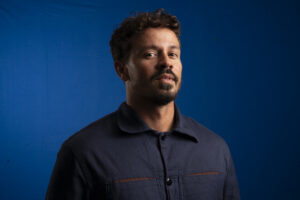



 in your life?
in your life?

